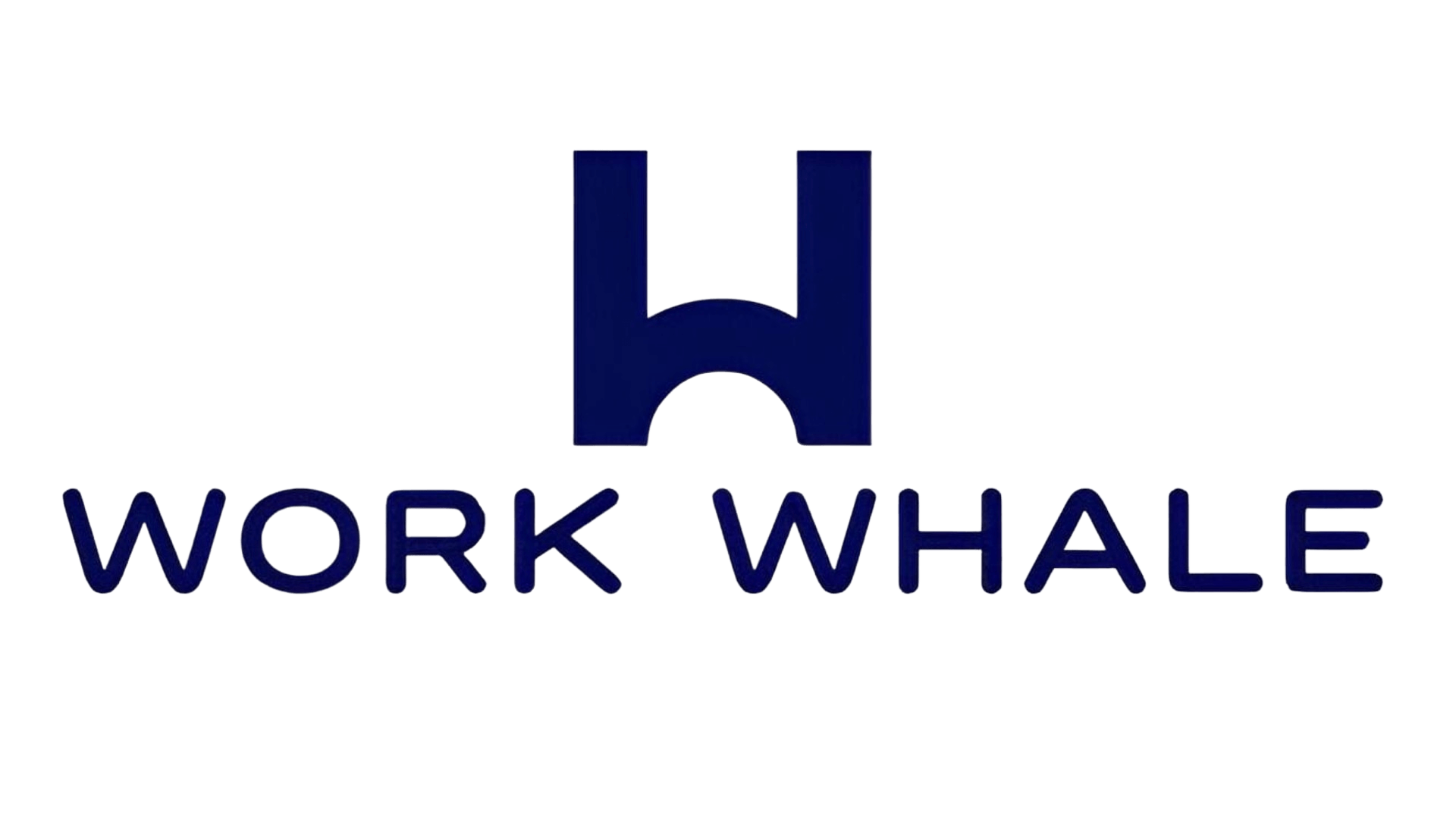In the dynamic and competitive landscape of business, companies are constantly exploring ways to gain a competitive edge and enhance their market position. One strategic approach that has gained significant attention is vertical integration. This comprehensive guide aims to delve into the concept of vertical integration, explore its various forms, discuss the potential benefits and challenges, and provide insights into successful implementation.
Understanding Vertical Integration:
Vertical integration is a strategic business model where a company expands its operations along the supply chain, either by acquiring businesses that are upstream (backward integration) or downstream (forward integration) in the production process. This approach enables companies to exert more control over their entire value chain, from raw material procurement to distribution and retail.
Forms of Vertical Integration:
Backward Integration:
– Backward integration involves acquiring or merging with suppliers or manufacturers of raw materials, components, or intermediate goods.
– Benefits include cost savings, a secure supply chain, and greater control over quality.
Forward Integration:
– Forward integration occurs when a company integrates with distributors, retailers, or end consumers.
– Advantages include improved market access, better control over distribution, and the ability to capture a larger share of the value chain.
Full Integration:
– Full integration combines both backward and forward integration, allowing a company to control the entire production and distribution process.
– This form offers the most comprehensive control but requires significant resources and management capabilities.
Benefits of Vertical Integration:
Cost Efficiencies:
Vertical integration enables companies to have a direct influence on the quality of products and services, ensuring consistency and meeting customer expectations.
Supply Chain Stability:
By internalizing certain processes, companies can achieve cost savings through economies of scale and reduced transaction costs.
Quality Control:
Securing key inputs through backward integration helps mitigate supply chain risks and disruptions.
Competitive Advantage:
Vertical integration can create a unique competitive advantage by differentiating a company from competitors and offering a more seamless customer experience.
Challenges of Vertical Integration:
Resource Intensity:
Implementing vertical integration requires substantial financial resources, management expertise, and operational capabilities.
Flexibility Concerns:
Overly integrated companies may face challenges in adapting to changing market conditions, as flexibility may be compromised.
Regulatory Risks:
Vertical integration may attract regulatory scrutiny due to concerns about monopolistic practices, potentially leading to legal challenges.
Implementation Strategies:
Strategic Planning:
Conduct a thorough analysis of the industry, market trends, and the potential impact of integration on the company’s competitiveness.
Partnership and Collaboration:
Consider partnerships or collaborations before fully committing to integration to test the waters and build necessary capabilities.
Technology Adoption:
Leverage technology to streamline processes, improve communication, and enhance overall efficiency across the integrated supply chain.
Conclusion:
Vertical integration can be a powerful strategy for companies seeking greater control, efficiency, and competitiveness in the market. However, successful implementation requires careful planning, strategic decision-making, and a keen understanding of the industry dynamics.






